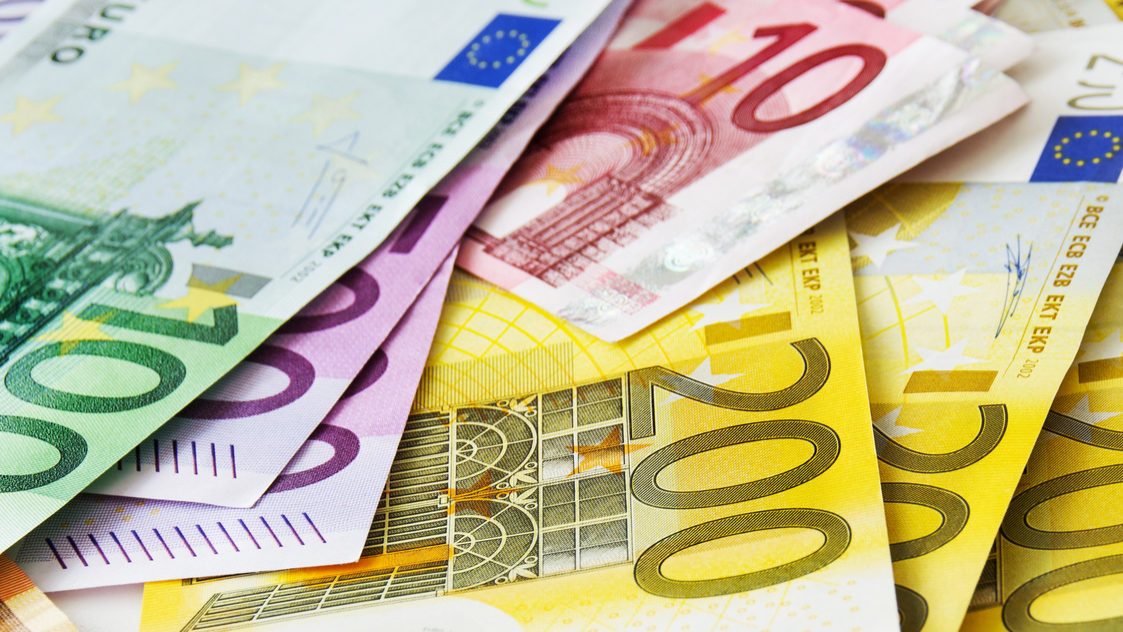Portugal’s GDP shrinks 2.4% in Q1, biggest drop since 2013
The National Statistical Institute (INE) released this Friday the flash estimate for GDP evolution in the first quarter.
The Portuguese economy contracted 2.4% year-on-year in the first quarter of 2020, in which it was already partially affected by the pandemic. Compared to the previous quarter, the drop was 3.9%. The data were released this Friday by the National Statistics Institute (INE) in the flash estimate of GDP.
“The contraction in economic activity reflects the impact of the COVID-19 pandemic, which has already been felt significantly in the last month of the quarter,” explains INE, pointing out the negative contribution of both external demand and internal demand.
According to historical data from INE, the year-on-year fall is the largest since the first quarter of 2013 (-3.6%), a period marked by the troika’s intervention. This is the largest contraction since at least 1995, when the historical series started. Previously, the biggest chain fall had occurred in the first quarter of 2009 (-2.5%) at the time of the financial crisis.
Although this is a flash estimate that does not yet contain the changes in all the components of GDP, it is possible to conclude that, in the year-on-year comparison, the deterioration of the economy in the first quarter was more intense in external demand than in domestic demand. However, both were significantly affected.
According to INE data, external demand contributed negatively with 1.4 percentage points while domestic demand made a negative contribution of 1 percentage point. This is the first time since the third quarter of 2013 that domestic demand is on negative ground, which is associated with “the decline in private consumption and investment”, explains the statistics office, noting that public consumption decelerated in the first quarter.
In the first quarter, exports fell by 5.1% while imports dropped by only 1.8%. “This difference is mainly a consequence of the contraction of tourism activity in the evolution of service exports,” notes INE.


